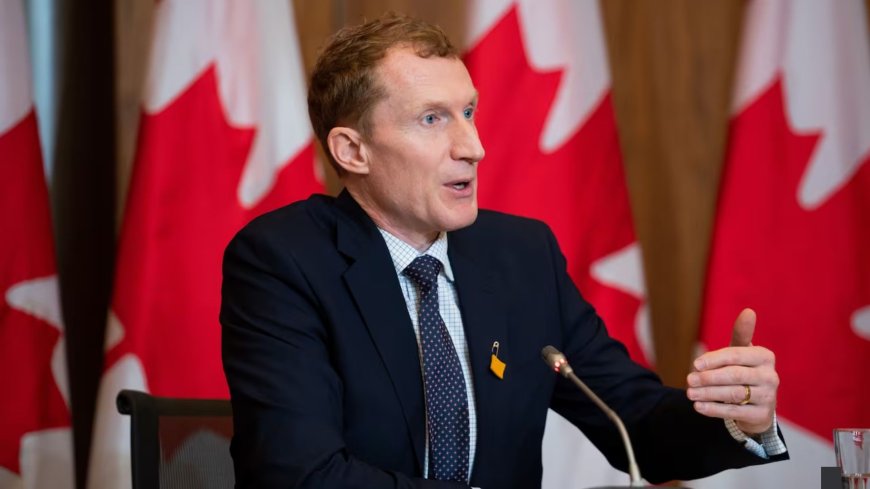Canada's Immigration Strategy: Planning for 2025–2027 | Canada Immigration News
Canada’s Forum of Immigration Ministers convened to discuss the landscape for 2025–2027. There have been several recent announcements by the Immigrant Minister, such as placing limits on the number of temporary residences starting this fall, or implementing a two-year intake cap for international students.

The Forum of Ministers Responsible for Immigration (FMRI) met to delve into the intricate tapestry of Canada's immigration strategy for the years 2025 to 2027. The discussion encapsulated the economic, social, and humanitarian facets of immigration, underlining its pivotal role in shaping the nation's future.
Central to the discourse was the consensus on the indispensable nature of a well-orchestrated immigration system, one that fosters economic growth and embodies Canada's ethos of inclusivity and diversity. Ministers underscored the interconnectedness between robust public services and the seamless integration of newcomers.
Provincial and territorial ministers continued to call on the federal government to reverse the $625M cuts to employment services under the labour market transfer agreements (LMTAs) which risk services on which workers, newcomers, job seekers, and vulnerable Canadians rely.
Concerning the Provincial Nominee Program (PNP), ministers agreed that PNPs have a critically important role in supporting regional economic and labour market needs. They also discussed the role PNPs can play in the transition from temporary to permanent residence for those with in-demand skills.
A groundbreaking shift in policy relates to the federal government's intent to include temporary residents in the annual immigration plan for the first time, aiming to cap their population at 5% of Canada's total population. Deliberations pivoted around striking a delicate equilibrium between temporary and permanent residents, accentuating their indispensable contributions to Canada's prosperity and cultural vibrancy.
Temporary residents include temporary foreign workers, international students, those arriving under Canada's responses to international humanitarian crises, and asylum claimants. Ministers explored links between temporary residents and regional immigration priorities, including economic and labour market needs, and enhancing the vitality of Francophone communities outside Quebec.
As is the case with permanent residents, ministers underlined that temporary residents play a key role in contributing to prosperity, labour markets, and cultural diversity throughout Canada. They emphasized the importance of taking a data-driven approach and monitoring the impacts of recent federal measures that aim to reduce temporary resident volumes.
The dialogue also delved into the pivotal role of the International Student Program (ISP) in enriching both the academic landscape and the labor market. Recognizing the symbiotic relationship between temporary foreign workers and key industry sectors, ministers emphasized the need for strategic alignment with regional labour needs while ensuring priority for Canadian and permanent resident employment opportunities.
As the global landscape grapples with strife and upheaval, Canada stands as a beacon of compassion, extending its arms to those fleeing conflict, persecution, and disaster. Ministers reiterated Canada's unwavering commitment to providing refuge to the world's most vulnerable, with special attention directed towards Ukrainians seeking permanent resettlement.
However, the influx of asylum claimants posed logistical challenges, particularly concerning housing and shelter in provinces like Ontario and Quebec. To address these concerns, ministers resolved to establish a dedicated working group tasked with orchestrating a coordinated response and equitable distribution of resources.
What's Your Reaction?
 Like
0
Like
0
 Dislike
0
Dislike
0
 Love
0
Love
0
 Funny
0
Funny
0
 Angry
0
Angry
0
 Sad
0
Sad
0
 Wow
0
Wow
0






































































